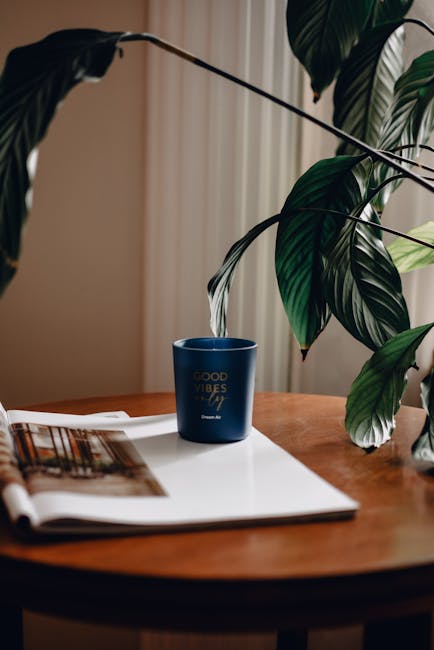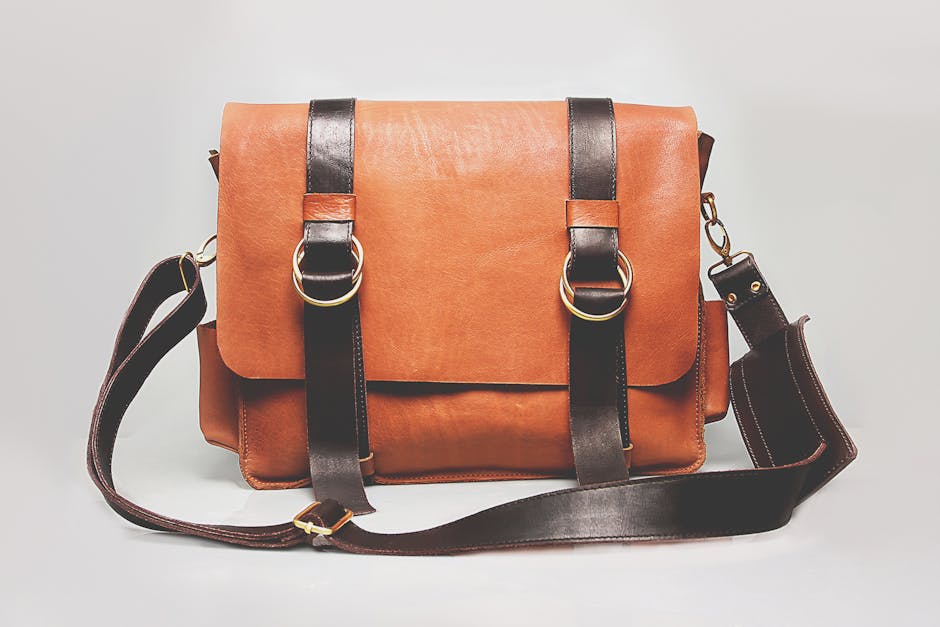Indoor Plant Decoration Tips for Adding Natural Beauty and Freshness to Your Interiors
Introduction
Bringing the outdoors in is a timeless design trend, and indoor plants are the perfect way to achieve it. Not only do they add a touch of natural beauty to your home, but they also purify the air, reduce stress, and boost your overall well-being. This article provides practical tips and inspiration for decorating your interiors with indoor plants, helping you create a fresh and vibrant living space.
Main Sections
Choosing the Right Plants for Your Space
Selecting the right plants is crucial for their survival and your decorating success. Consider these factors:
- Light Conditions: Determine the amount of natural light each room receives. Low-light plants like snake plants and ZZ plants thrive in darker areas, while succulents and cacti need plenty of sunshine.
- Humidity Levels: Bathrooms and kitchens tend to be more humid. Choose plants like ferns and orchids that appreciate moisture.
- Your Lifestyle: Are you a frequent traveler or a forgetful waterer? Opt for low-maintenance options like succulents or pothos.
- Available Space: Consider the size of your rooms and choose plants that will complement the space without overwhelming it.
Creative Placement Ideas
Think beyond the traditional windowsill! Here are some unique placement ideas to add character to your home:
- Hanging Baskets: Suspend trailing plants like pothos or spider plants from the ceiling for a cascading effect.
- Plant Shelves: Create a green wall by arranging plants on shelves of varying heights.
- Statement Plants: Use large, dramatic plants like fiddle-leaf figs or monstera deliciosa as focal points.
- Bathroom Oasis: Transform your bathroom into a relaxing sanctuary with humidity-loving plants like ferns and air plants.
- Kitchen Herb Garden: Grow fresh herbs in your kitchen for convenient cooking and a touch of greenery.
Selecting the Right Pots and Containers
The right pot can enhance the beauty of your plants and complement your décor. Consider these factors:
- Material: Choose pots made from materials that suit your style, such as terracotta, ceramic, or concrete.
- Size: Select a pot that is appropriately sized for the plant’s root system.
- Drainage: Ensure the pot has drainage holes to prevent waterlogging.
- Style: Coordinate the pot’s style with your overall décor, whether it’s modern, rustic, or bohemian.
Plant Grouping for Visual Impact
Grouping plants together creates a visually appealing and dynamic display. Consider these tips:
- Vary Heights and Textures: Combine plants with different heights, shapes, and textures to create visual interest.
- Consider Color Coordination: Choose plants with complementary foliage colors to create a harmonious arrangement.
- Create a Miniature Ecosystem: Group plants with similar care requirements together to simplify watering and maintenance.
Maintaining Your Indoor Plant Collection
Proper care is essential for keeping your indoor plants healthy and thriving:
- Watering: Water your plants according to their individual needs. Overwatering is a common mistake, so allow the soil to dry out slightly between waterings.
- Fertilizing: Feed your plants regularly with a balanced fertilizer during the growing season.
- Pruning: Prune your plants to remove dead or damaged leaves and to encourage bushier growth.
- Pest Control: Inspect your plants regularly for pests and take action promptly to prevent infestations.
Conclusion
Decorating with indoor plants is a simple and effective way to add natural beauty and freshness to your interiors. By following these tips, you can create a vibrant and inviting living space that reflects your personal style and enhances your well-being. Experiment with different plant varieties, placements, and containers to find the perfect combination for your home.




Post Comment